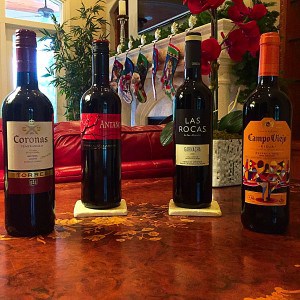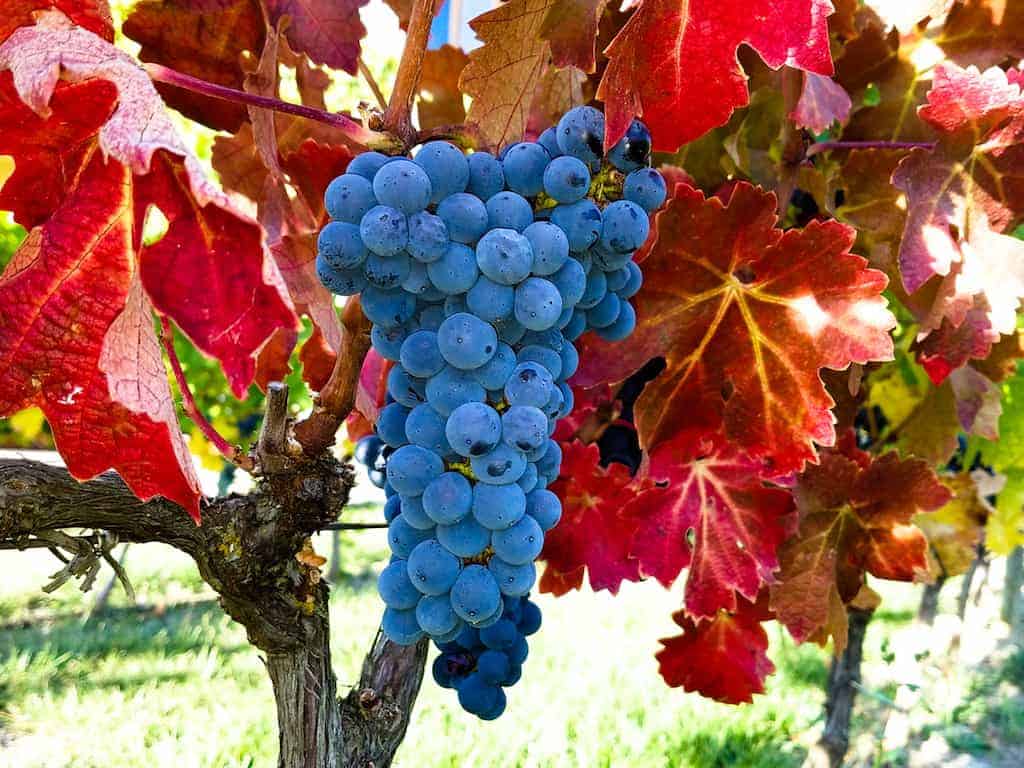There are a few main points to keep in mind when you hear the terms Crianza, Reserva, and Gran Reserva.
First: They all have to do with Spanish Wine produced in DOCa Rioja. More often than not, red wine. Spanish wine designations are highly controlled by a regulatory committee in Spain called the Consejo Regulador DOCa Rioja. Spanish wine appellations are considered “Old World,” and as such tend to adhere to stricter guidelines than their “New World” counterparts.
Second: The terms Crianza, Reserva, and Gran Reserva all relate to how long a particular wine has been aged, with special attention given to how long the wine has been aged in oak. These terms have nothing to do with the type of grape varietal being used to produce a wine.
Third: The quality of grape tends to be of significant importance to most Spanish vintners when producing a Crianza, Reserva or Gran Reserva wine. Grapes used to make these wines typically come from lower yield, older, and higher quality vines. They often have a higher sugar concentration and a more defined, predictable tannin structure. Crianza, Reserva, and Gran Reserva can be both red and white wines, though different aging requirements apply to each. (Scroll down to the chart below to view Spanish White Wine criteria)
RELATED: 22 Best Wineries in Rioja: Everything You Need To Know About Visiting Rioja Spain
What is a Crianza Wine?

Think about Crianza as being the first tier of a “Reserve” wine. Spanish law requires that for a red wine to be labeled as a Crianza, it must be aged for two years, with a minimum of one year in an oak barrel and for another year in the bottle before it’s sold.
What is a Reserva Wine?
In most Spanish appellations, like Rioja, Spanish law requires that for any wine to be labeled as a Reserva it must first be aged for at least 3 years prior to sale, with one of those years being in an oak cask or barrel. If the vintner is producing a Reserva white wine, the Spanish require that it be aged for 2 years prior to sale, with 6 months being in oak.
What is a Gran Reserva Wine?
For Spanish wine to be labeled as a Gran Reserva, the law requires that it be aged for a minimum of 5 years, with two of those years being within an oak cask or barrel.
A quick breakdown of aging requirements for both Red and White — Vino Joven, Crianza, Reserva, and Gran Reserva provided by the Court of Master Sommeliers (PDF) can be seen below.
RELATED: Top Wineries in Spain For Wine Tasting & Accommodation

Wines meeting quality standards in Rioja are also permitted to use the following terminology:
• Noble: 18 months aging in a barrel of less than 600 L or bottle
• Añejo: 24 months aging in a barrel of less than 600 L or bottle
• Viejo: 36 months aging, Wine must show a marked oxidative character
RELATED: Understanding the Three Sub-Regions of La Rioja, Spain
Are Crianza, Reserva and Gran Reserva Wines More Expensive?
Typically, yes. Most vintners select their finest grapes when producing a line of Crianza, Reserva, or Gran Reserva. Separately, because the aging process is more lengthy for these wines, vast amounts of storage space can be taken up at wineries, and as such production costs tend to be higher.
What is Reserva and Gran Reserva in Argentina?
Countries like Argentina and Chile are considered New World wine-growing regions. These regions are much less regulated than the Old World appellations in Spain. In Argentina, a red wine need only be aged for one year to be designated as a Reserva, and white wine is required to be aged for 6 months. Red wine Gran Reservas in Argentina require 2 years of aging, while whites require one. Grape yields for Reserva’s and Gran Reserva’s in Argentina must also not exceed 300 pounds per 100 liters of wine made.
Frequently Asked Questions about Rioja Wine
More Resources on Spanish Wine
Visit These Charming Spots in Spain If You Love Food & Wine
A Wine Lover’s Guide to Spending 3 Weeks in Spain
How To Plan a Trip To Priorat Spain
Learn About Catalonia’s Wines and Wine Regions
8 Wine & Tapas Restaurants You Need To Visit in Barcelona
A Winetraveler’s Guide To The Basque Region of Spain
The Complete Guide: Sherry Wine & Jerez Spain’s Sherry Triangle Region

[…] Tempranillo Español: Prueba un Rioja Reserva añejo. […]